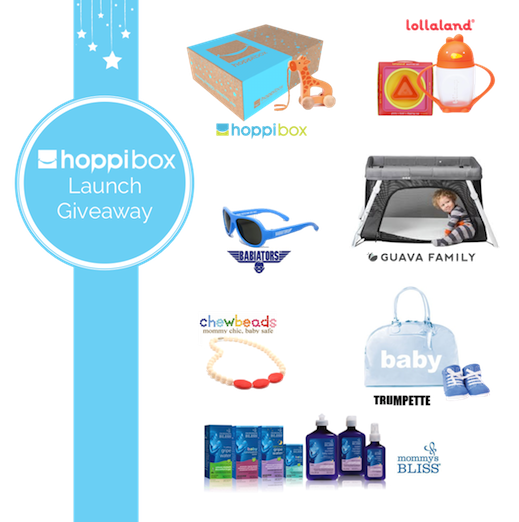How Sensory Play Helps Early Childhood Development
 |
| Photo: thewayheplays.com |
Sensory play is an important part of early childhood development. It lets children explore and learn about their world through what they do best – play.
As much as children love sensory play – parents can often dread it. Sensory play can be messy and a daunting task for adults to keep up with. So the key is to approach sensory play with the right mind-set. First, it is important to remember that children learn best when they can actually touch, see, smell, taste, hear, and manipulate the materials in their world.
As children scoop up seeds or rice or other small items and fill up a container, they are discovering how much that container can hold before it overflows. Sensory play promotes special awareness, mathematical thinking, and scientific exploration and discovery.
Sometimes sensory play is simply a great way for children to relieve their stress. Sensory play can be very soothing and relaxing to a young child. It is also a great way to foster fine motor development. Rolling and cutting up play dough or scooping and pouring water and beans all involve eye -hand coordination and fine motor control. In the process of playing with these materials, children are building the skills and strengths they will need for handwriting and other more formal educational processes down the road.
Sensory Play Ideas for Babies and Toddlers
Babies may be limited by their mobility and dexterity, but not their ability to interact with the world. Babies can enjoy the feeling of water in a pool or bath, take in the movement of wind on a walk, and respond to the sounds of music. As babies become toddlers, they’ll want to feel a variety of materials, scoop and sort small objects, and experiment with the properties of cause and effect.
Water Scooping:
Bean Bowl Exploration:
Tearing and Feeling Wet Paper:
Playing with water is a favorite activity for babies. Fill a large, shallow bowl with water and provide your upright baby with simple scooping tools for open-ended exploration.
Fill a large bowl or shallow tub with water jelly beads. Or try using things you already have in your cupboard such as dry beans, rice, sand, or wheat berries. Babies will enjoy sifting these materials through fingers, picking them up, and pouring them out. Use your best judgement and pay close attention when introducing young children to small objects.
Tearing and Feeling Wet Paper:
The simple ingredients of paper, water, and a large tub make this engaging activity fun for your child and easy for you.


Comments
Post a Comment